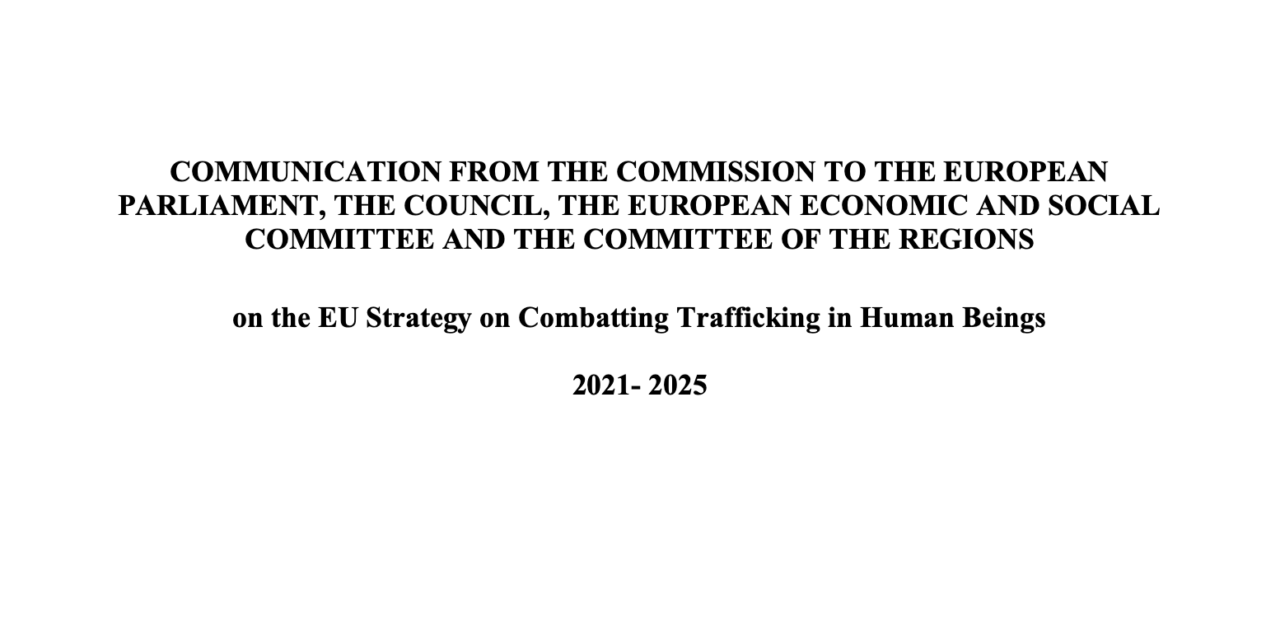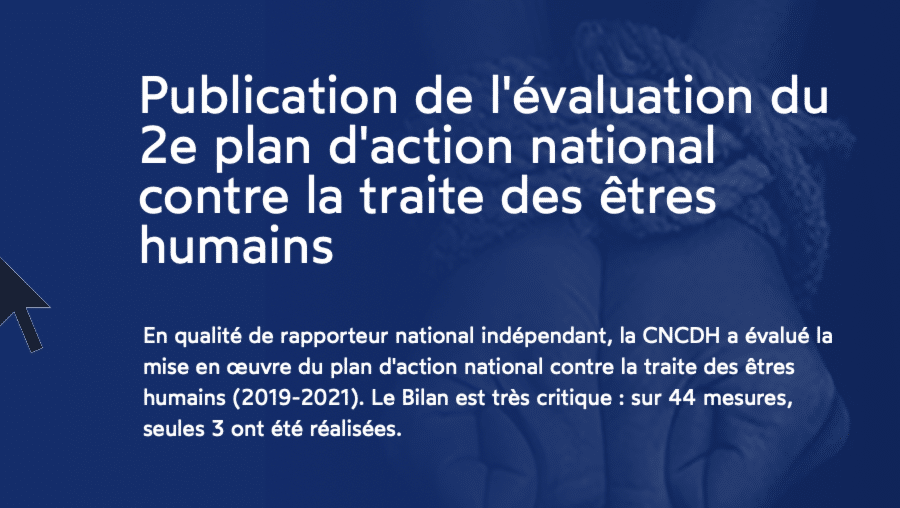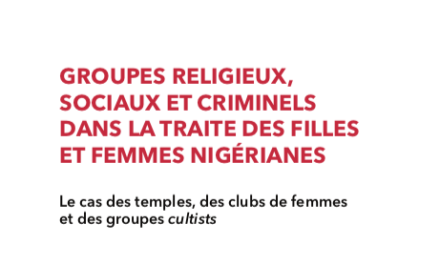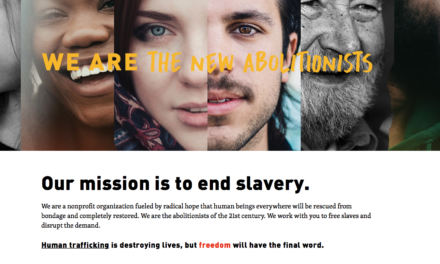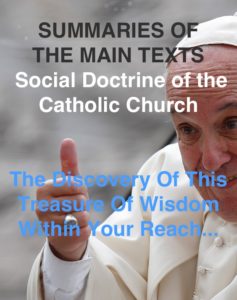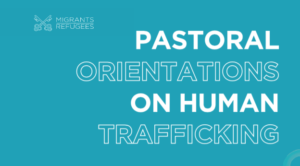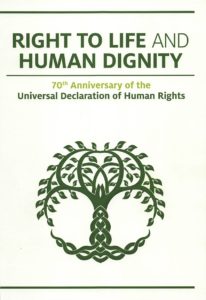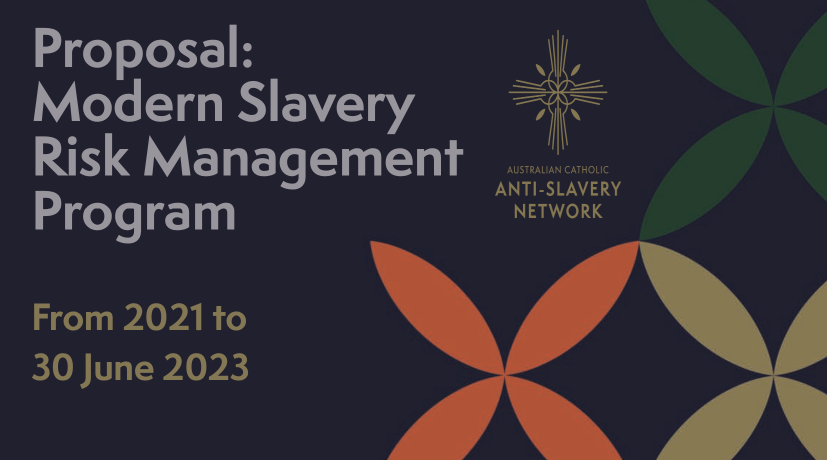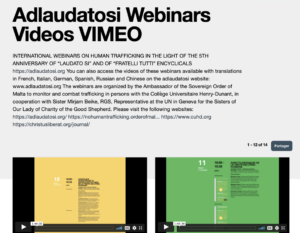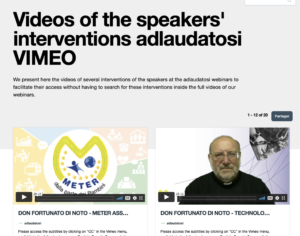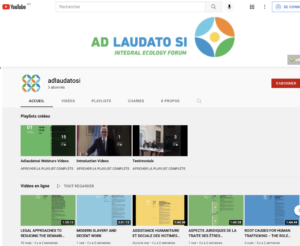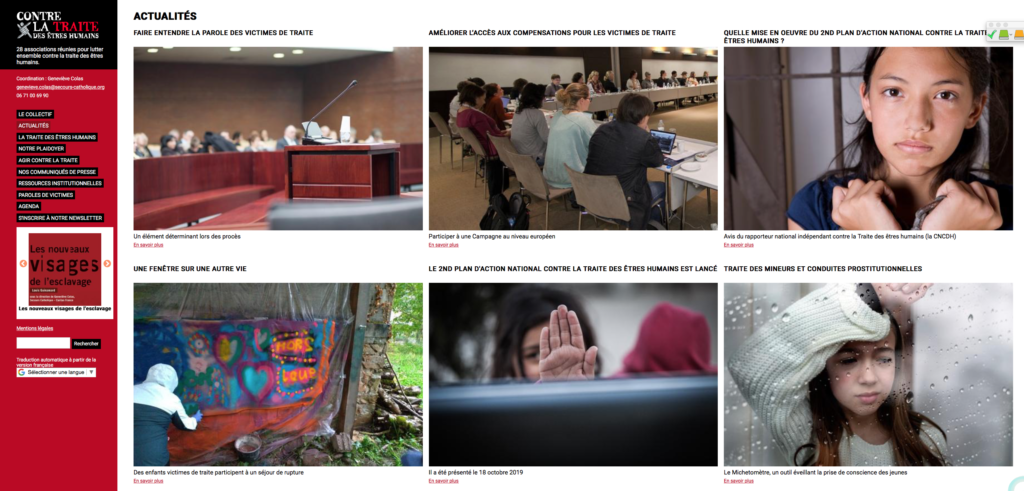 Loading…
Loading…
1. Introduction
Trafficking in human beings destroys individuals’ lives by depriving people of their dignity, freedom and fundamental rights.1 It is often a violent crime committed by organised crime networks. It should have no place in today’s society.
Yet, trafficking in human beings is a global phenomenon. It happens in every country and every region. It continues to happen in the European Union, too. According to the latest available data, between 2017 and 2018, there were more than 14 000 registered victims2 within the European Union.3 The actual number is likely to be significantly higher as many victims remain undetected.4 Nearly half of the victims of trafficking within the European Union are EU nationals and a significant number of them are trafficked within their own Member State. The majority of the victims in the EU are women and girls trafficked for sexual exploitation. Almost every fourth victim of trafficking in the EU is a child.5 The
majority of traffickers in the EU are EU citizens and nearly three quarters of perpetrators men. This crime brings high profits to criminals and carries with it enormous human, social and economic costs. In the EU, the economic cost is estimated to be up to EUR 2.7 billion in a single year.6
Figure 1 Repartition of registered victims by form of exploitation in the EU in 2017 and 2018
Figure 2 Repartition of registered victims by sex in the EU in 2017 and 2018
1 See Article 83(1) of the Treaty on the Functioning of the European Union and Article 5(3) of the Charter of Fundamental Rights of the European Union.
2 63.7% of identified victims and 36.3% of presumed victims.
3 All EU-27 level data on victims in the document concerns years 2017 and 2018. Source: Data Collection on Trafficking in Human beings in the EU (2020); COM(2020) 661 final, 20.10.2020.
4 COM(2020) 661 final, 20.10.2020 and SWD(2020) 226 final, 20.10.2020.
5 Article 2(6) of Directive 2011/36/EU defines the term ‘child’ meaning any person below 18 years of age.
6 Study on the economic, social and human costs of trafficking in human beings within the EU (2020); at: https://ec.europa.eu/anti- trafficking/sites/antitrafficking/files/study_on_the_economic_social_and_human_costs_of_trafficking_in_huma n_beings_within_the_eu.pdf.
are
1
Combatting trafficking in human beings has long been a priority for the European Union.7 Over the years, progress has been made in many respects. Cooperation among key actors, including at political level, between law enforcement and judicial authorities, in both national and transnational contexts, led to prosecutions and convictions as well as improved identification, assistance and support to victims. Awareness raising campaigns, education programmes and training initiatives were carried out to reduce the risks of people becoming victims of trafficking. Studies and reports increased knowledge about the phenomenon, thus contributing to developing adequate response strategies.8
Despite the progress achieved, trafficking in human beings remains a serious threat in the European Union, endangering thousands of individuals every year, particularly women and children. Traffickers prey on social inequalities as well as economic and social vulnerability of people, which have been exacerbated by the Covid-19 pandemic, making it easier for perpetrators to find victims. The pandemic also hindered victims’ access to justice, assistance and support, and hampered the criminal justice response to the crime. Moreover, traffickers moved to a new business model of online recruitment and exploitation of victims,9 making it more difficult for law enforcement and the judiciary to respond.
This strategy identifies key priorities with the objective of combatting trafficking in human beings more effectively. It proposes concrete actions, which will be developed in full respect of fundamental rights, to identify and stop trafficking early on, to go after criminals by turning trafficking from a low-risk and high-return crime to high-risk and low-return crime, and to protect the victims and help them rebuild their lives.
Since trafficking in human beings is a particularly serious form of organised crime, this strategy is closely interlinked with the EU Strategy to Tackle Organised Crime 2021–2025. While the holistic priorities and key actions of the strategy against organised crime apply to trafficking in human beings, this strategy responds to the specific aspects of the crime of human trafficking.

